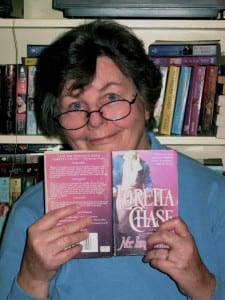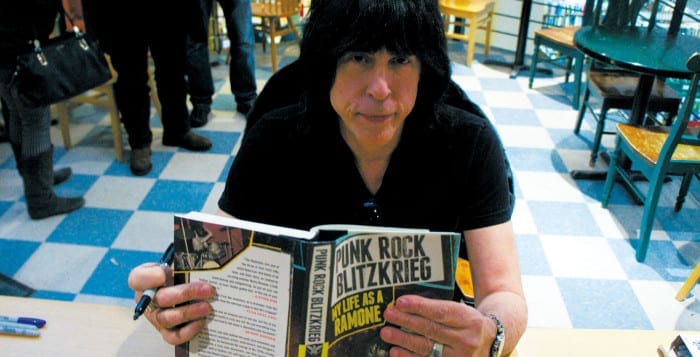By Jenni Culkin
Her struggle has become one that is shared with the entire community.
Residents have been giving comfort, hope and encouragement to 1-year-old Adelaide “Addy” Marie Wardrope and her family as she battles a rare genetic disorder rarely seen by area doctors. It was recently discovered that Addy, the granddaughter of Three Village resident Bridget McCormick, has a mutated SCN8A genome and is one of only a handful to ever be diagnosed with such a condition.
“She gets horrible seizures where she will hold her breath for two minutes and turn purple,” said Mackenzie Wardrope, Addy’s mother, “It’s been the hardest experience of my life.”
Wardrope now lives in Maryland with baby Addy and her husband Gregory but grew up in the Three Village community and still checks in with her mother, McCormick, who works in the soup kitchen at St. James Roman Catholic Church.
According to the Frontiers in Genetics academic journal, “the mutation causes seizures, developmental delays, and other neurological complications.” But even through the struggle of conditions, Wardrope remains extremely optimistic.
“She’s an amazing fighter,” Wardrope said about her daughter, mentioning countless hospital visits where Addy would try to lift her head up even under sedation.
Wardrope said she credits much of her early support to a Facebook page dedicated to Addy, where other families going through similar situations as Addy find inspiration to be courageous and fight through the disease.
The family’s tie to the community has given them a strong support system, Wardrope said. Approximately 3,000 families attend the St. James Roman Catholic parish and many of them are involved with helping with or donating to Addy’s fund.
One of Addy’s supporters, Tony Casale of St. James Roman Catholic Church’s and the Kiwanis Club of the Three Village-Brookhaven Township, has been acting as Addy’s Long Island advocate. Casale works with McCormick at the church.
“A lot of people from the church have been very generous since they started the fund,” Casale said.
The fund, which is contributed to by the GoFundMe.com website, has raised $9,835 as of Wednesday.
“Hugs and kisses to the Wardrope family. You’re in my thoughts and prayers,” Pamela Oelerich posted on GoFundMe with her $50 donation.
In addition to Oelerich’s kind donation, 93 other people left money with the fund within four months. Some left sweet messages while others made their donations anonymously. No matter what the intention of the donor, each donation is just one more step toward peace of mind and ease for Addy’s parents in Maryland, her family said.
The Kiwanis Club and Ward Melville High School’s Key Club have also been a tremendous source of leadership and advocacy for Addy’s situation.
Kyra Durko, president of the Ward Melville Key Club and a Village Times Herald person of the year for 2014, has also put forth a huge effort toward helping Addy and her family through their times of trouble. She created a website for the events for Addy and has reached out to the Girl Scouts and Cub Scouts in her area, providing the young people with the opportunity to help lead a charitable cause.
“This is what the Key Club is all about,” Durko said about the time she spent planning events for Addy.
The Kiwanis Club also plans on raising approximately $1,000 during their family game night fundraiser, Casale said.
“Thank God for the Key Club and the Kiwanis,” Casale said about the events that are being orchestrated in Addy’s honor. “Even if we don’t solve the problem, there’s an idea of giving a little bit of hope to this family.”
To contribute to Addy’s medical fund, visit www.gofundme.com/addysmedical. Or, attend the talent show in Addy’s honor at Ward Melville High School on Feb. 26 or the family game night on Feb. 28 at the Setauket Neighborhood House.








